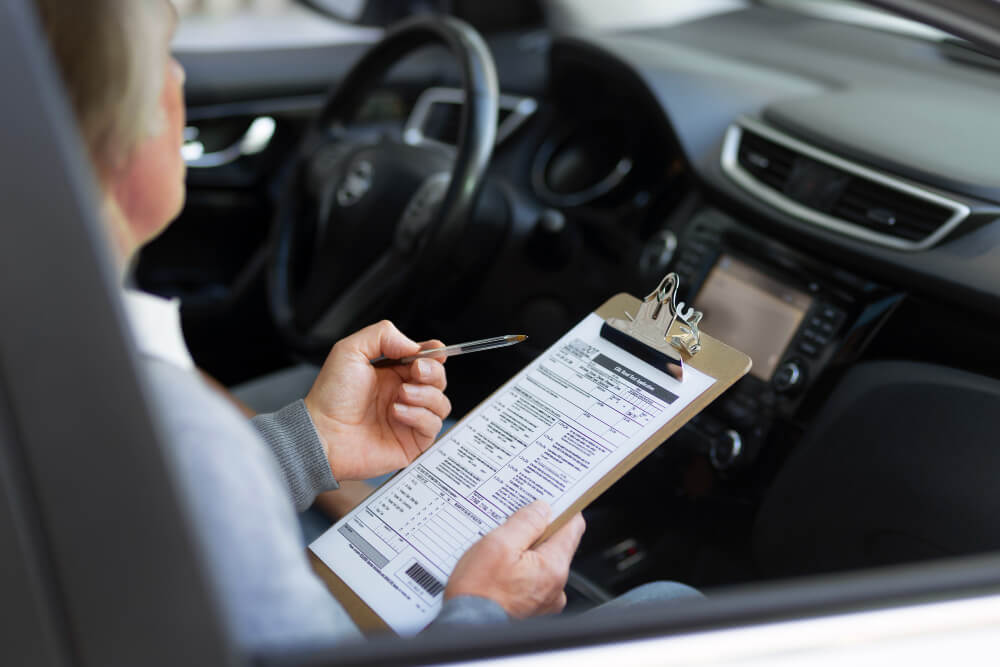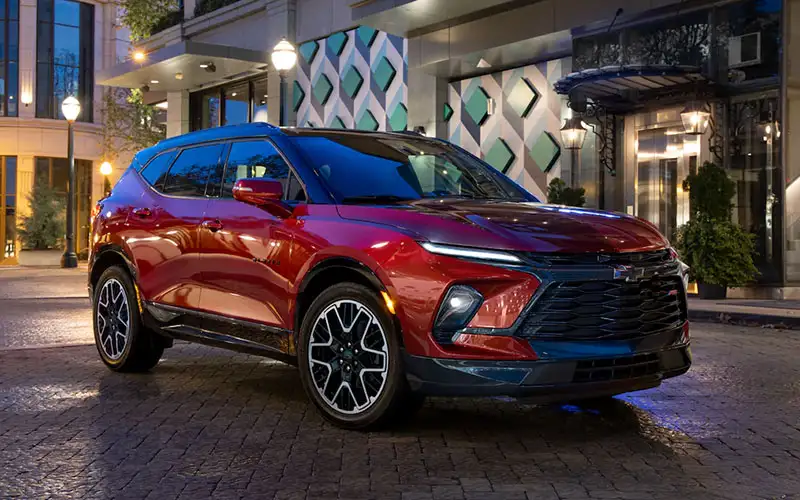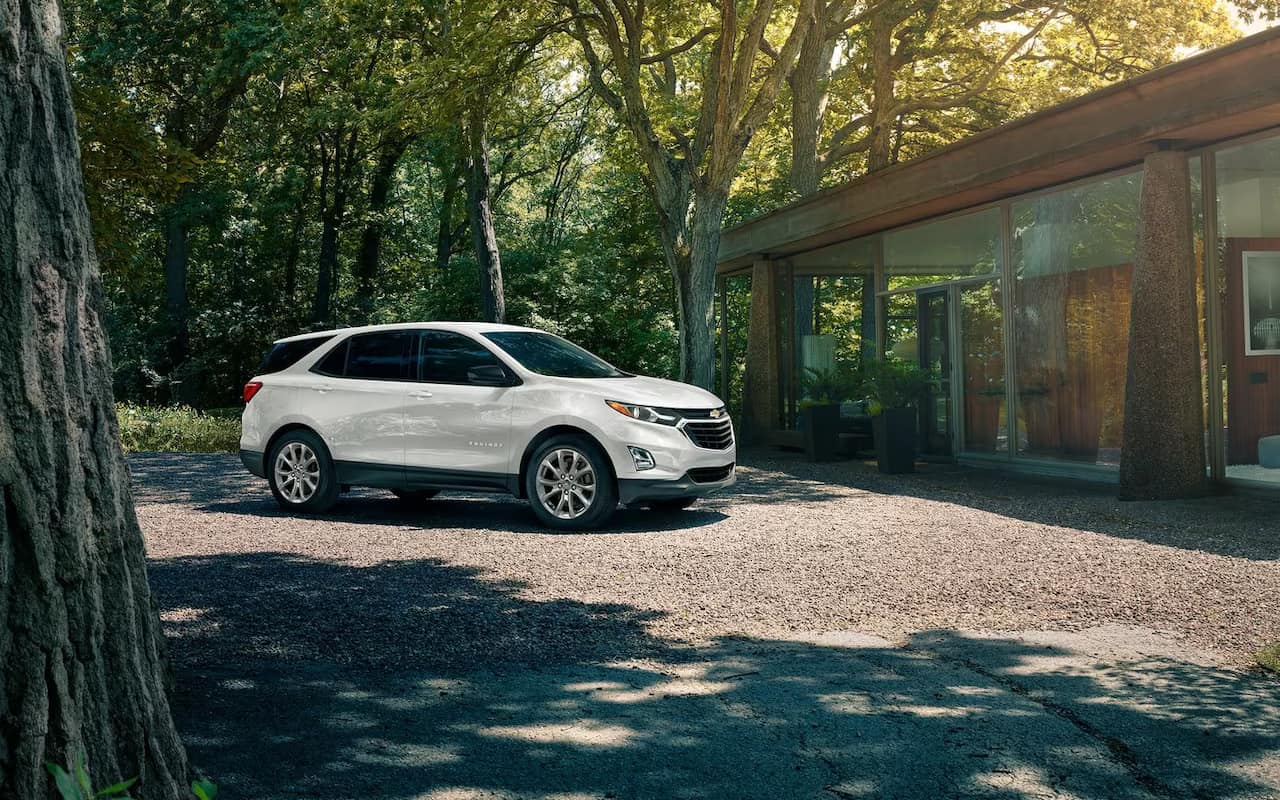Buying a car for some might be a basic necessity. For the more indulgent, it can be a status symbol. But for the majority, it is a dream come true. Buying a car is a very major financial decision.
This is where the concept of buying used cars comes from. It is as good as a new car but also presents significant cost savings. Although many could benefit from this, many still choose not to because of the high level of risk involved.
Nonetheless, you can eliminate a portion of that risk if you research well before buying a used car. This article tells you just that!
Get the Basics Done
Understand your needs and do your research
Before you do anything else, jot down everything you want from a car. Do you want it to be compact or large? How many people does it need to seat? Are there any features that it must have?
Walking into the dealership to browse without knowing what you want increases chances of picking something that doesn’t fit your requirements.
Set your budget
Don’t allow a pushy salesperson to convince you to go over your budget. Setting a budget might enable you to narrow your search and bargain for a price that you are comfortable with.
When talking with the seller, stick to your budget range. Don’t disclose your objective price until the dealer or seller makes an offer. Not revealing the amount offers you more negotiation leverage. Remember that a used vehicle budget should include finances for the vehicle as well as inspection or any minor repairs.
Consider lining up finance options before shopping
You must decide how you’re going to pay for your used automobile before you buy it. It could be from a dealer or an individual owner. Even with a secondhand automobile, not everyone has the means to pay in full for it. Those who cannot do so must think about finance.
Additionally, remember that dealer financing is sometimes arranged with additional interest charges. Another option is to browse around because various lenders have varying interest rates. Ensure you have your loan acceptance in hand before you go car shopping. It will give you clarity regarding your budget.
One thing to keep in mind is that interest rates for used car finance are often greater than for newer cars.
Check the dealer
Check the seller’s credentials. The best way to check a car’s history is to talk with someone who has purchased cars from that particular seller in the past, like a family member or friend.
Ask for a car history report. If you don’t get it, ask for one and make sure it’s written by an independent third party (not just another person who works at the dealership).
Ask for a vehicle inspection by a mechanic or other trained professional who can inspect your new purchase thoroughly and objectively—and not just sign off on paperwork saying everything looks fine! This may mean paying more money upfront; however, it will help ensure that you’re buying from someone who knows what they’re doing when it comes to buying used vehicles
The Right Questions To Ask While Checking Vehicle
How was the vehicle maintained?
Find out whether the vehicle was serviced at a dealership. It could also be serviced by a private mechanic or a ‘shade tree’ technician not connected to a garage. Inquire as well if the maintenance is up to date. Some dealers will even recommend that you talk with the technician who worked on the vehicle.
Are there any service records available?
Ideally, the response to this query is yes. All the records are in a folder, and you’re invited to browse through them. This indicates that the seller most likely maintained the automobile regularly.
Has it been involved in any accidents?
Accidents are sometimes documented on a car history report. But don’t assume these reports cover everything. If the vehicle was in an accident, seek out how it was damaged and how it was repaired.
What is the history of ownership?
Is the current owner the original? If not, does the vendor know how many individuals previously had it? How long has the seller had the car? A brief amount of time might suggest problems.
Is it covered by a warranty?
Exciting news! Some pre-owned vehicles are still covered by the original manufacturer’s warranty. This implies that some of the potential repairs and replacement components for your automobile still fall under it. Therefore, do check if the vehicle is still under warranty.
Get The Car Inspected
Once you’ve received answers to your queries, it’s time to examine the vehicle more closely.
Follow these steps to guarantee you cover all of your bases and discover a vehicle worth your money.
Examine the body of the car
When evaluating a used car, it is crucial to pay attention to the vehicle’s body. Check for corrosion and dings, as well as any scratches or dings in the paintwork that may indicate impact damage. If you have a difficult time locating signs of repair work on older vehicles, it may be because the owner is trying too hard to conceal a problem with the frame or chassis.
In addition to inspecting the frames and chassis of older vehicles for signs of repairs or fillers/plastics hiding potential faults (such as rust), you should also take note of any repairs completed during each owner’s tenure with their car, regardless of who performed them! For instance, if two owners had “repairs” performed within six months, but neither acknowledged needing them again after disposing of the previous one, there is a significant likelihood that there is another issue lying behind all those panels.
Check rusting and paint deterioration
Examine for corrosion. Rust is less common now than it was 30 years ago, but it still exists. With a flashlight, get down on your knees and inspect the underbody. Look for paint bubbles that indicate corrosion in the lower door and fender regions. Examine the trunk/hatch area and the passenger cabin flooring for corrosion or water damage.
If the car’s bodywork has some rusting, it might merely be a visual thing. However, it can also be a sign of more serious problems that would be expensive to fix. For instance, frame corrosion might impede the car’s structural strength and reduce its longevity.
Also, compare the panels’ color and quality consistency. The automobile was probably in an accident and therefore some panels were changed if the color does not match.
Check the mileage
One of the best ways to figure out if a used car is in good condition is to check its mileage. If you’re looking at a car that’s been driven very little, it shouldn’t have much wear on it. Make sure that your mechanic can look at the odometer and verify how far along in miles (or kilometers) your vehicle really is.
If there are several years between when he/she bought it and now, ask why this happened—was it an accident? Was it parked outside for years? Did someone steal it? These may be good questions to ask when trying to determine why such a low amount of mileage has accumulated since being purchased by him/his family members or friends who’ve come over from another state where they lived before moving here themselves!
Look underneath the used car
The undercarriage of a used car is one of the most important parts to look at when buying a used car. There are many things that can be damaged on the underside of your vehicle, and you want to make sure that there aren’t any issues before putting down any cash. Examine the ground and the greasy areas. Look beneath the car with a flashlight for leaks that might indicate the need for a costly engine, gearbox, or differential repair.
Here are some questions to ask yourself:
- Are there any cracks in my tire? If so, what’s causing them? Is it an oddball hole or something more serious like a puncture?
- Does my battery have water in it (or if not yet)? This could be an indication of being driven through heavy rain recently and causing corrosion within its cells; if so then this might not be good news for someone who plans on keeping their vehicle for years (or decades).
- Are there signs of rust around where I’ve heard noises from under my hood? If so then this could mean that there’s already damage present inside—and even worse yet—it could also mean that maybe someone else has already tried fixing whatever issue was happening with yours before buying yours!
Pull the hood
- Check the oil level. Remove the dipstick and clean it. Insert the dipstick again and then remove it. A light oil tone normally indicates a recent service. A dark or muddy color indicates that it hasn’t been changed in a while. Include the cost of the service in the pricing. Include the cost of the service in the pricing.
- Make sure there is no corrosion or rust. These metrics give a reliable picture of the vehicle’s maintenance history, current state, and remaining useful life.
- Examine the battery. Examine the area for leaks, broken wires, weak connections, or corrosion.
- Examine the transmission fluid. Make certain that the levels are high. The fluid should be clear and reddish in color. The amount of fluid left in your reservoir helps forecast how worn your brakes are. Low brake fluid levels indicate that the brakes require repair.
- Examine belts for indications of wear and tear. If any of the belts are worn or ripped, they should be changed as soon as possible.
- Check coolant levels: If there’s not enough coolant in their system, some older cars will overheat and shut off until they’re able to get more fluid circulating through them—and that could mean some serious issues with mechanical failure later down the line!
- Check the brake lights, turn signals, headlights, and taillights for functionality. Also, ensure that all interior lights are operational. Discover the meanings behind car warning lights and indicators by reading our informative blog. Gain insights into common warning lights and what they indicate for your vehicle’s performance and safety.
Check that all the gauges work properly
Next, you should inspect the instruments. If an automobile has one gauge that functions properly, it is imperative that all of them function properly as well. Check for any warning lights and ensure that each gauge is functioning properly. If the fuel gauge does not indicate that the tank is full (or empty), this could indicate a problem with the gasoline line or something more serious, such as an electrical fault in your engine bay!
Before purchasing anything else, you should also inspect the other functions of these instruments, especially the speedometers and tachometers, which can provide you with valuable information about the speed at which your new vehicle travels when driving around town or on long highway trips across the United States.
Driving test
Look for any unusual noises or vibrations. Is the engine sounding okay when you start it?
Take a drive. Turn off the music system and listen to the car throughout the test drive. Please don’t just circle the block. Get a feel for the car at city and interstate speeds. Drive along a bumpy road on purpose and listen for squeaks and rattles.
Check for smooth acceleration and braking. If the car doesn’t feel right, don’t buy it.
When buying a used car, set aside enough time to check its history.
When buying a used car, you should set aside enough time to check its history. This will help you avoid buying a vehicle that has been in an accident or has other issues that may not be obvious from the outside.
- Get a car history report from your local dealer or the internet. You will want to know how many miles are on the odometer and what kind of maintenance records were kept for it by previous owners.
- Look at the VIN number (Vehicle Identification Number). This number reveals information about whether or not there were any recalls made for parts associated with certain models; this can also indicate whether any modifications were made before purchase. Check out the odometer reading against manufacturer specifications. Check title/registration status; if expired, then don’t buy!
Final Thoughts
The article’s advice is especially useful for those who have never purchased a car before. If you’re not confident in your ability to perform any of the tasks on this inspection checklist, it’s best to have a professional mechanic take care of it. All issues discovered by the mechanic can be used as bargaining chips if you decide to make an offer.




